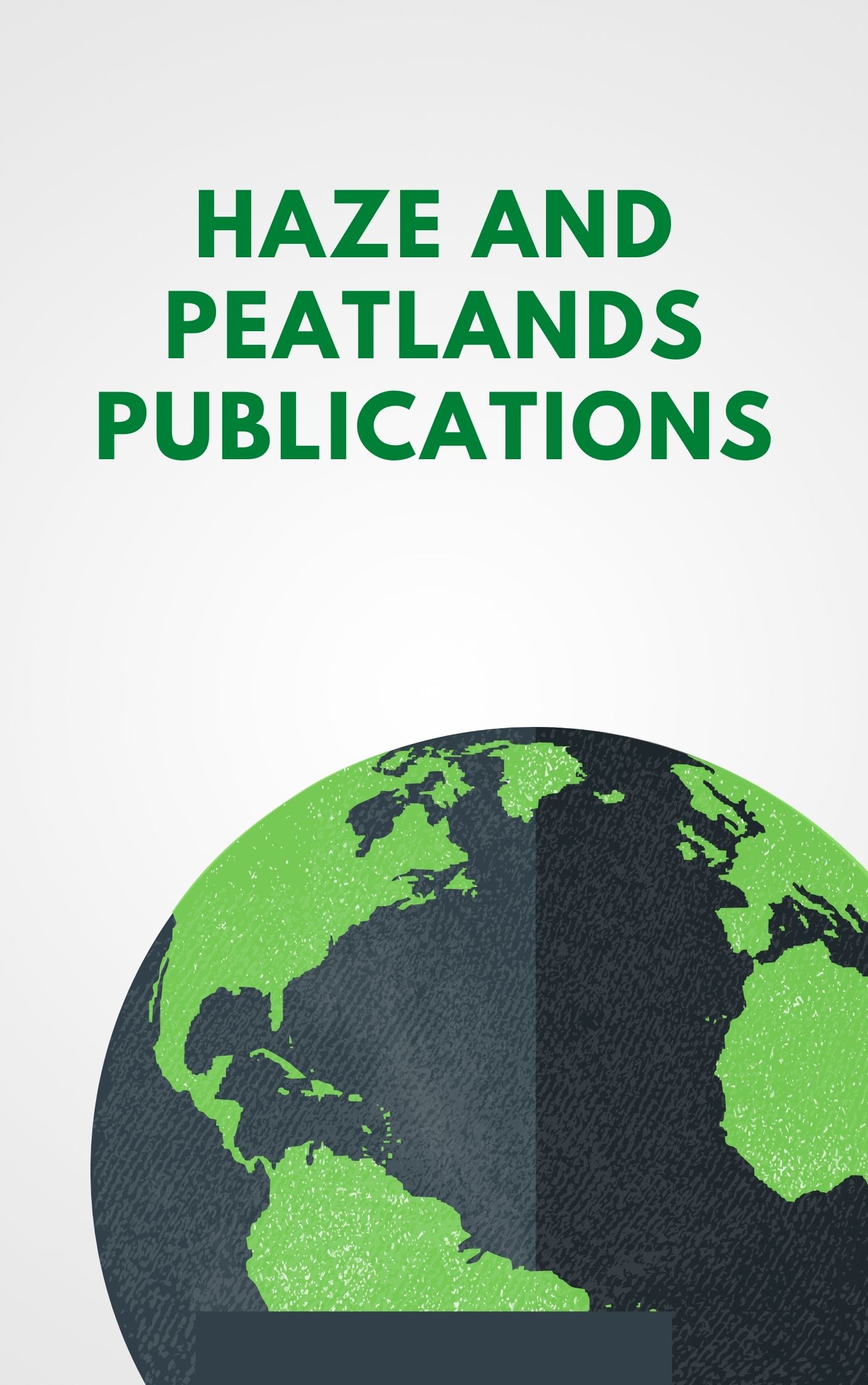Since the 1980s, the incidence of wildfires (forest fires), across the World has significantly increased (Jensen) and climate change has been implicated in this trend (UNEP). In recent years, major wild fires have occurred in the United States, Canada, Australia, Indonesia, Latin America, Spain, Portugal, Greece, Iran, Russia and most recently, in Israel. In Australia, wildfires or forest fires are known as bushfires, and approximately 60 000 occur each year. Only 6 per cent are 'natural fires', while 90 per cent are the result of people's actions. Significantly, deliberate ignitions; incendiary (maliciously lit fires) and suspicious fires account for 50 per cent of known fire causes (Bryant). Internationally, research in the field of bushfire arson prevention is currently dominated by offender-based approaches, which largely rely on incomplete and limited insights from a minority (less than 1 per cent) of arsonists who have been apprehended (Ogloff Tomison and Jones). This article explores how theories from environmental criminology can be used to understand and analyse place-based factors associated with deliberately lit bushfires. It also presents findings from a recent workshop conducted at the Australian Symposium on Bushfire Arson Prevention in order to further contextualise the relevance of environmental criminology to the analysis and reduction of bushfire arson. [PUBLICATION ABSTRACT]
View source

